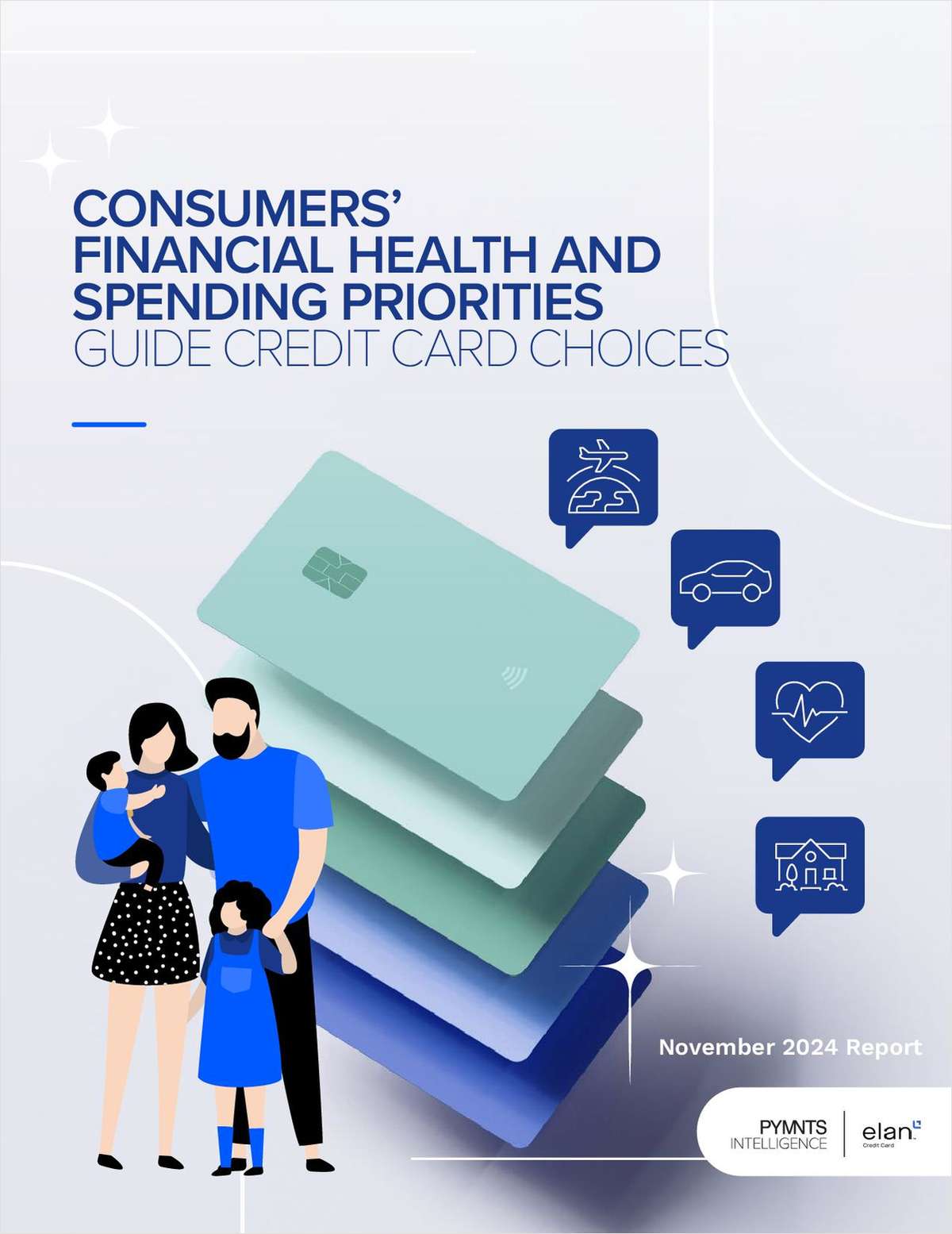ONTARIO, Calif. - With the hiring of Stan Hollen, the former CEO of The Golden 1 Credit Union and Liberty, Bob Rose, the CO-OP Network's long term CEO and leader in the credit union industry has begun his gradual retirement. Over the course of this year Rose, 63, will gradually diminish his role within the Network until, by the end of December, he will remain only the CO-OP's official ambassador to the Children's Miracle Network, a longstanding charity through which the CO-OP helps sick kids. Rose plans to spend the bulk of his time from that point on in a classroom, teaching courses in business and management. "It's just something I have always felt called to do," he said, making a 15-year career building the CO-OP into one of the last ATM networks still owned by financial institutions seem almost like an afterthought. "I am really looking forward to it." Rose came to CO-OP Network in 1990 after serving as President and CEO of the LA Water & Power Credit Union and holding positions with the California Credit Union League and an Illinois credit union. Under his leadership, the CO-OP Network has grown from an organization that consisted of less than 150 member credit unions, 300 ATMs and 50 million annual transactions in California and Nevada to one that includes one billion annual transactions, nearly 20,000 ATMs, and 1,800 credit unions spread across 50 states and 11 countries, a fact that appears to surprise Rose as much as it satisfies him. "If you had told me in 1990 that one day we would have a nationwide network as big as we do now, I would have never believed you," Rose said, chuckling slightly. When he took on the CO-OP in 1990, he had imagined CO-OP maybe becoming at most a Western regional network. He had only changed his mind in 1995 when a merger with CU Access, a credit union-owned ATM Network serving primarily Washington and Oregon made him realize how far the CO-OP Network could go through mergers. Rose acknowledged as well that CO-OP has reached the position it has through the virtue of being among the last networks remaining as waves of consolidation have moved through the ATM and EFT industries. He believes it has been the cooperative, non-reciprocal nature of CO-OP's ATM networking that has protected it from having to resort to the consolidations, mergers and buy-outs that have marked the constantly shifting ATM industry. "I think the cooperative nature of credit unions is something all credit unions have to remember and something that the CO-OP will reiterate," Rose said, adding that whether in ATMs or shared branches, cooperation among credit unions can only make them stronger together than they would be able to be individually. But what about banks? Rose has said that in three to five years he could see a situation arising wherein CO-OP Network took on both bank and credit union participants and perhaps even owners. The departure of PULSE from the scene as an independent ATM and EFT network owned by its financial institutions is part of what has influenced Rose's thinking here. The competition in the ATM industry for both community banks and credit unions are the large regional and national banks which can offer the public a long list of products as well as the increased convenience of an ATM network which would be largely free to them as bank customers. In the end the market may dictate to ATM deployers that they cooperate more than they might otherwise want to do, Rose explained. Rose also highlighted the CO-OP's ability to take deposits at many of its machines as one of the key things that makes its ATM strategy attractive to credit unions - and will continue to do so in the future. He explained that credit unions' use of ATMs and the role ATMs play in credit unions' strategy doesn't fit easily into nationwide surveys which suggest that taking deposits is something that many ATM users say they want but then, when they have it, relatively few use. "What you have to remember is that for many credit unions, the ATM is what they are going to have by way of an automated branch in a place where they need to serve their members but where they cannot afford to put a stand alone branch," Rose said. "For credit unions, having a fully functioning ATM at a wide variety of locations can be a real service to their members and seem less like a convenient add-on than it might seem in the banking world." He also predicted that deposit taking at ATMs would increase as more credit unions begin to adopt the check imaging technology that Check 21 has made possible, although he acknowledged that adoption would likely be slow. "It's not that the new technology is terribly expensive," Rose said, "but it is new and all new technologies take some time to become more accepted." Rose highlights the cooperative nature of the CO-OP and the ability to take deposits as key elements of what makes the CO-OP approach different from the non-reciprocal ATM networks which are surcharge-free to their cardholders such as Allpoint and the smaller network offered by Key Bank in the northwest. "Every credit union circumstance is going to be a bit different and every credit union has to figure out how to best serve its members," Rose said, "but I think most credit unions will want more from an ATM network than just to be a cash dispenser for their members." Listening to Rose talk about upcoming issues like these it's possible to hear just the slightest tinge of regret in his voice about stepping down from the helm of an institution which he has helped guide for 15 years. But if asked about whether he might have wanted to stick around for a couple of years, he just laughed. "Nope, I said I wanted to retire at 62 and I am already past that," he said. "It's time to step aside and let someone have a chance." Looking back, Rose said it's hard to pick out any one accomplishment about which he feels the most pride but that the likely winner would be the creation of the CO-OP Network brand as a brand that has come to mean something to credit unions and credit union members across the country. "It feels great to have helped create something people can trust and seek out," Rose said. "All the millions of credit union members who have cards with our brand on them in their wallets know that they have access to a surcharge-free ATM whether it belongs to their own institution or not," Rose added. "And that means something and it feels great." -
Complete your profile to continue reading and get FREE access to CUTimes.com, part of your ALM digital membership.
Your access to unlimited CUTimes.com content isn’t changing.
Once you are an ALM digital member, you’ll receive:
- Breaking credit union news and analysis, on-site and via our newsletters and custom alerts
- Weekly Shared Accounts podcast featuring exclusive interviews with industry leaders
- Educational webcasts, white papers, and ebooks from industry thought leaders
- Critical coverage of the commercial real estate and financial advisory markets on our other ALM sites, GlobeSt.com and ThinkAdvisor.com
Already have an account? Sign In Now
© 2024 ALM Global, LLC, All Rights Reserved. Request academic re-use from www.copyright.com. All other uses, submit a request to [email protected]. For more information visit Asset & Logo Licensing.









